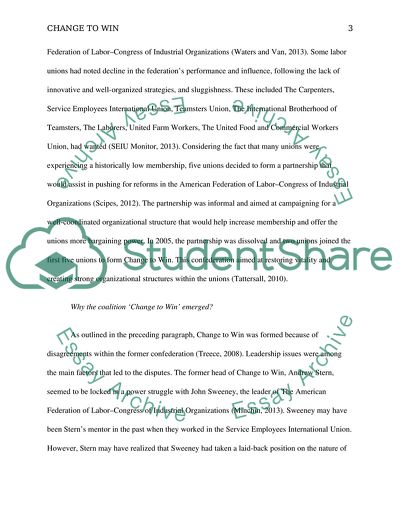Cite this document
(Union Organizing Essay Example | Topics and Well Written Essays - 1750 words, n.d.)
Union Organizing Essay Example | Topics and Well Written Essays - 1750 words. https://studentshare.org/human-resources/1818769-union-organizing
Union Organizing Essay Example | Topics and Well Written Essays - 1750 words. https://studentshare.org/human-resources/1818769-union-organizing
(Union Organizing Essay Example | Topics and Well Written Essays - 1750 Words)
Union Organizing Essay Example | Topics and Well Written Essays - 1750 Words. https://studentshare.org/human-resources/1818769-union-organizing.
Union Organizing Essay Example | Topics and Well Written Essays - 1750 Words. https://studentshare.org/human-resources/1818769-union-organizing.
“Union Organizing Essay Example | Topics and Well Written Essays - 1750 Words”. https://studentshare.org/human-resources/1818769-union-organizing.


